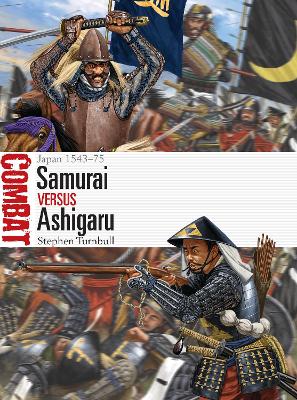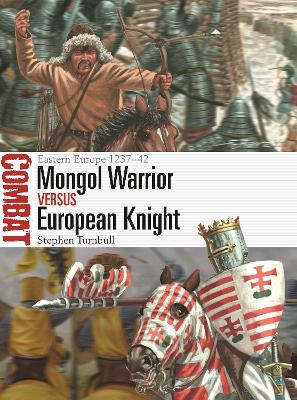Combat
1 primary work • 2 total works
Book 45
During the 16th century, Japan underwent a military revolution, characterized by the deployment of large armies, the introduction of firearms and an eventual shift towards fighting on foot. This study encapsulates these great changes through an exploration of the experience on the ground at three key battles, Uedahara (1548),...Read more
During the 16th century, Japan underwent a military revolution, characterized by the deployment of large armies, the introduction of firearms and an eventual shift towards fighting on foot. This study encapsulates these great changes through an exploration of the experience on the ground at three key battles, Uedahara (1548), Mikata ga Hara (1573) and Nagashino (1575), in which two very different types of warrior were pitted against each other. On one side were samurai, the elite aristocratic knights whose status was proclaimed by the possession and use of a horse. On the other side were the foot soldiers known as ashigaru, lower-class warriors who were initially attendants to the samurai but who joined the armies in increasing numbers, attracted by loot and glory. These two types of warrior battled for dominance across the period, changing and adapting their tactics as time went on.
In this title, the development of the conflicts between samurai and ashigaru is explored across three key battles, where highly trained elite mounted samurai of the Takeda clan faced ashigaru at very different stages in their development. The profound and irreversible changes that took place as the conflicts progressed are analysed in detail, culminating in the eventual incorporation of the ashigaru as the lowest ranks of the samurai class in within the standing army of Tokugawa Japan.
In this title, the development of the conflicts between samurai and ashigaru is explored across three key battles, where highly trained elite mounted samurai of the Takeda clan faced ashigaru at very different stages in their development. The profound and irreversible changes that took place as the conflicts progressed are analysed in detail, culminating in the eventual incorporation of the ashigaru as the lowest ranks of the samurai class in within the standing army of Tokugawa Japan.
Featuring specially commissioned artwork and maps, carefully chosen illustrations and insightful analysis, this book examines the legendary Mongol warriors and their vastly different European opponents.
Having conquered much of Central Asia by 1237, the Mongols advanced into the northern Caucasus. The fall of several key centres such as...Read more
Having conquered much of Central Asia by 1237, the Mongols advanced into the northern Caucasus. The fall of several key centres such as...Read more
Featuring specially commissioned artwork and maps, carefully chosen illustrations and insightful analysis, this book examines the legendary Mongol warriors and their vastly different European opponents.
Having conquered much of Central Asia by 1237, the Mongols advanced into the northern Caucasus. The fall of several key centres such as Riazan and Vladimir was followed by Mongol victory at Kiev. Moving west, in 1241 two Mongol armies achieved stunning victories at the battles of Liegnitz in Poland and the Sajo River (Mohi) in Hungary, before suffering their only reverse of the campaign at the fortress of Klis. The Mongol forces regrouped in Hungary to prepare for a further advance into Austria and Germany, but the death of their leader, Ogedei Khan, meant that his generals were required to return to Mongolia to choose a successor. Smaller Mongol forces would return to raid in the years to come, but never again would Western Europe be threatened as it was in 1242.
Fully illustrated, this innovative study of the forces that clashed during the Mongol invasion of Europe between 1237 and 1242 allows a comparison to be made between the all-conquering nomad horsemen of the steppes and the mounted knights of the West.
Having conquered much of Central Asia by 1237, the Mongols advanced into the northern Caucasus. The fall of several key centres such as Riazan and Vladimir was followed by Mongol victory at Kiev. Moving west, in 1241 two Mongol armies achieved stunning victories at the battles of Liegnitz in Poland and the Sajo River (Mohi) in Hungary, before suffering their only reverse of the campaign at the fortress of Klis. The Mongol forces regrouped in Hungary to prepare for a further advance into Austria and Germany, but the death of their leader, Ogedei Khan, meant that his generals were required to return to Mongolia to choose a successor. Smaller Mongol forces would return to raid in the years to come, but never again would Western Europe be threatened as it was in 1242.
Fully illustrated, this innovative study of the forces that clashed during the Mongol invasion of Europe between 1237 and 1242 allows a comparison to be made between the all-conquering nomad horsemen of the steppes and the mounted knights of the West.


